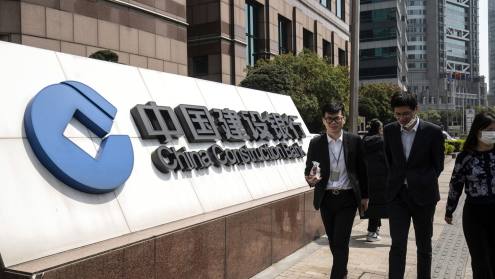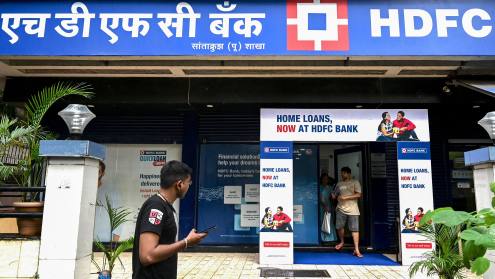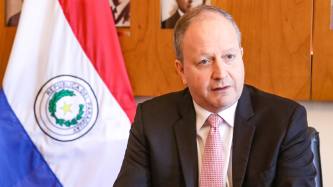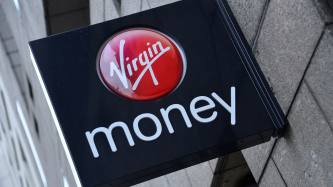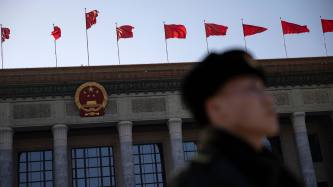Banking was not easy in 2020, particularly in markets traditionally characterised by volatile growth. For example, Latin America’s largest country, Brazil, had yet to recover from the corruption scandal that sunk its economy five years earlier when the Covid-19 pandemic struck.
The country’s four big banks — which are also Latin America’s largest — are solid enough to absorb economic shocks. Still, their profitability took a hit and while keeping in the black, pre-tax profits at Itaú Unibanco, Banco do Brasil, Banco Bradesco and Caixa Econômica Federal shrunk by double digits — up to 87% for Itaú, which also ended the year with a worsened capital-to-assets ratio.
Things were different for BTG Pactual, the fifth largest locally owned bank (sixth if Santander’s Brazilian subsidiary is included in the mix.) BTG Pactual, which focuses on investment banking, managed to close 2020 with one of the highest return-on-capital ratios in the region: 23.4%. Within national borders, it was surpassed only by a much smaller peer, Banco Daycoval, which specialises in corporate loans and services, as well as some personal credit products.
Further north in the region, Colombian banks entered the year after enjoying a better economic environment. Gross total loans grew for all of the largest five banks, either marginally or up to about a tenth. The rates range from 0.41% for Bancolombia, the country’s largest bank both by assets and Tier 1 capital, to 9.85% for second biggest Banco de Bogotá.

Temporary growth?
Analysts worry, however, that this growth was the result of excess liquidity and government subsidies, which suggests that the expansion of those portfolios may be temporary. Like their Brazilian peers, pre-tax profits were slashed at double-digit rates at all of Colombia’s largest banks.
In another key Latam market, Mexican banks had to deal with a tardy government response to the pandemic, which put at risk not only the health of the public but also that of the economy. The resemblance between the — initially dismissive — attitude of both the Mexican president, Andrés Manuel López Obrador, and Brazil’s Jair Bolsonaro is striking.
Nonetheless, lenders came through 2020 looking relatively unscarred. Some, like market leader Banco Banorte, even expanded their Tier 1 capital and assets size from the previous year. Things may be different by the end of 2021, as analysts fear that the slow vaccination campaign and the still necessary lockdown measures will continue to affect lenders and their clients.
Finally, two banks from the Caribbean deserve honourable mentions. Trinidad and Tobago’s Republic Financial Holdings banking group is among the names that have improved Tier 1 capital the most in 2020 in the region; while Banco de Reservas, the Dominican Republic’s state-owned lender, had the fourth highest return on capital across Latin American and the Caribbean region.




